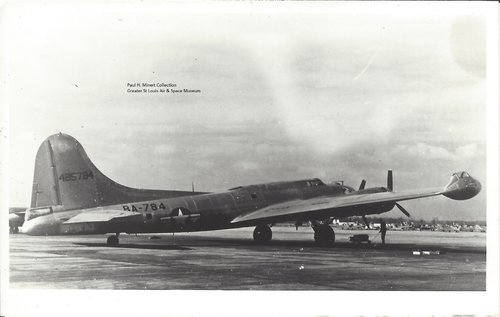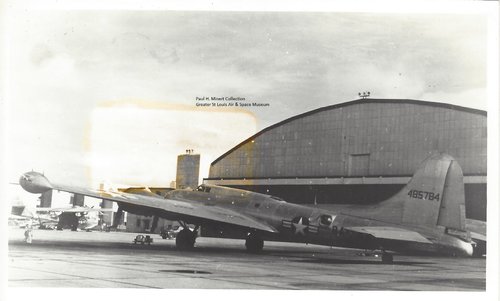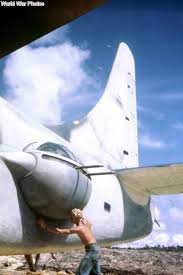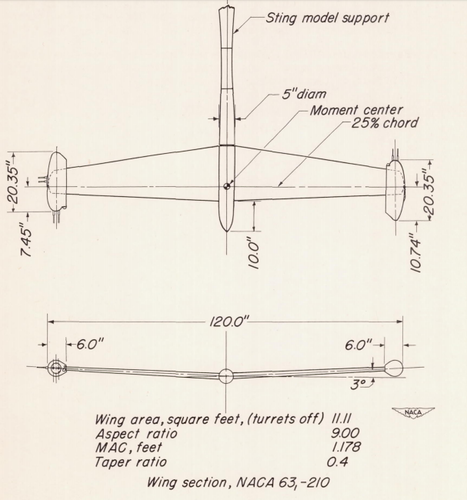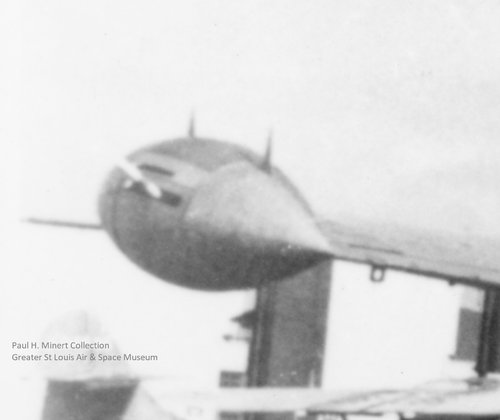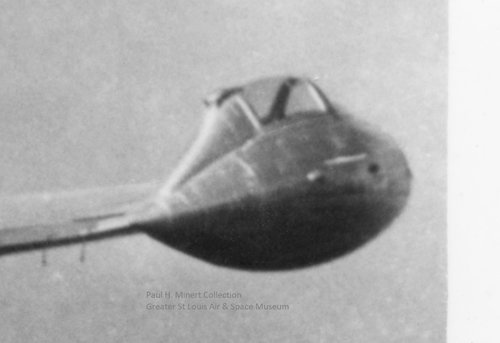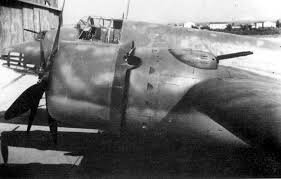- Joined
- 1 November 2009
- Messages
- 638
- Reaction score
- 410
I've done some searching here and not found anything on this, so... If this here somewhere, than this posting can be deleted.
While cataloging the items in a donation that came into the Museum a few years ago, I came across these two pictures. No additional information on this program. Note: This aircraft has the national insignia with the red stripe, so it does belong in this forum. The photos show the starboard and port sides of a USAF B-17G, 44- 85784, that has been modified with wing-tip gun turrets. The brief note on the back indicates that the starboard turret was to be manually operated and the brief note on the port view indicated the port turret was to be remote controlled.


While cataloging the items in a donation that came into the Museum a few years ago, I came across these two pictures. No additional information on this program. Note: This aircraft has the national insignia with the red stripe, so it does belong in this forum. The photos show the starboard and port sides of a USAF B-17G, 44- 85784, that has been modified with wing-tip gun turrets. The brief note on the back indicates that the starboard turret was to be manually operated and the brief note on the port view indicated the port turret was to be remote controlled.
